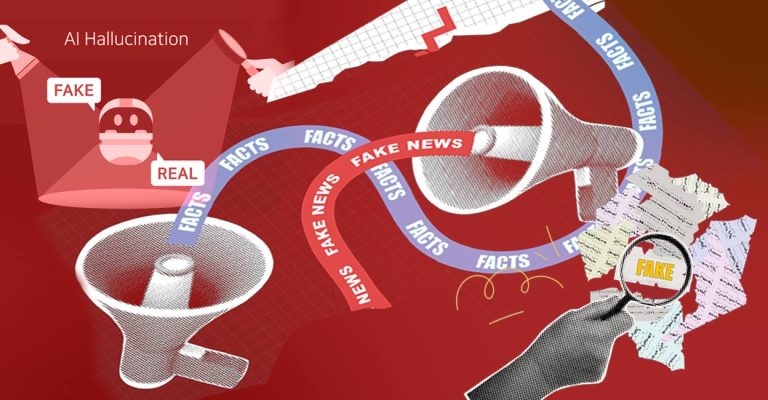The Escalating Threat of Misinformation in the Digital Age
In a world increasingly reliant on digital information, the insidious spread of misinformation poses a grave threat to societal harmony and well-being. International Fact-Checking Day, observed annually on April 2nd, serves as a stark reminder of the critical role fact-checkers play in combating the deluge of fabricated lies that permeate the online landscape. The rise of artificial intelligence (AI) has further exacerbated this challenge, enabling the creation and dissemination of misinformation at an unprecedented scale and speed. This necessitates a renewed focus on media literacy and critical thinking, empowering individuals to discern truth from falsehood in the digital age.
The Crucial Role of Fact-Checkers in a Misinformation-Ridden World
Fact-checkers act as gatekeepers of truth, diligently verifying information and debunking false narratives. Their work is often thankless and challenging, requiring meticulous research and a commitment to accuracy. Driven by a sense of social responsibility, these individuals strive to ensure the public has access to reliable information, a cornerstone of a healthy democracy. However, the sheer volume of misinformation circulating online often overwhelms their capacity, highlighting the need for collaborative efforts and technological advancements to aid in the fight against falsehoods.
Real-World Consequences: Misinformation Fuels Conflict and Endangers Public Health
The real-world consequences of misinformation are far-reaching and devastating. The recent clashes in Nagpur, India, serve as a chilling example of how fabricated narratives spread through social media can incite violence and disrupt social cohesion. Similarly, during the COVID-19 pandemic, the proliferation of false medical advice and conspiracy theories undermined public health efforts and endangered lives. These incidents underscore the urgent need to address the root causes of misinformation and develop strategies to mitigate its harmful effects.
The Double-Edged Sword of AI: Amplifying Both Misinformation and Fact-Checking Efforts
AI, while presenting new challenges in the fight against misinformation, also offers opportunities for enhanced fact-checking. On one hand, AI-powered tools can be used to create highly convincing deepfakes and spread fabricated content with remarkable efficiency. On the other hand, AI algorithms can also be employed to detect and flag potentially false information, assisting fact-checkers in their work. The key lies in harnessing the positive potential of AI while mitigating its misuse for malicious purposes.
Combating Confirmation Bias and Promoting Media Literacy
One of the biggest obstacles in combating misinformation is the pervasive nature of confirmation bias, the tendency to accept information that aligns with pre-existing beliefs while rejecting contradictory evidence. This phenomenon contributes to the echo chamber effect on social media, where individuals are primarily exposed to information that reinforces their views, further entrenching biases. Addressing this challenge requires promoting media literacy and critical thinking skills, empowering individuals to evaluate information objectively and identify potential biases.
A Collaborative Approach: Building a Future Where Truth Prevails
Combating the scourge of misinformation requires a multi-pronged approach involving collaboration between fact-checkers, media organizations, technology companies, and policymakers. Educating the public about the dangers of misinformation and equipping them with the tools to identify and debunk false narratives is crucial. Furthermore, social media platforms must take greater responsibility for the content shared on their platforms, implementing robust mechanisms to detect and remove misinformation while promoting credible sources. Through collective action and a commitment to truth, we can build a future where informed decision-making and societal well-being are protected from the corrosive effects of misinformation.


